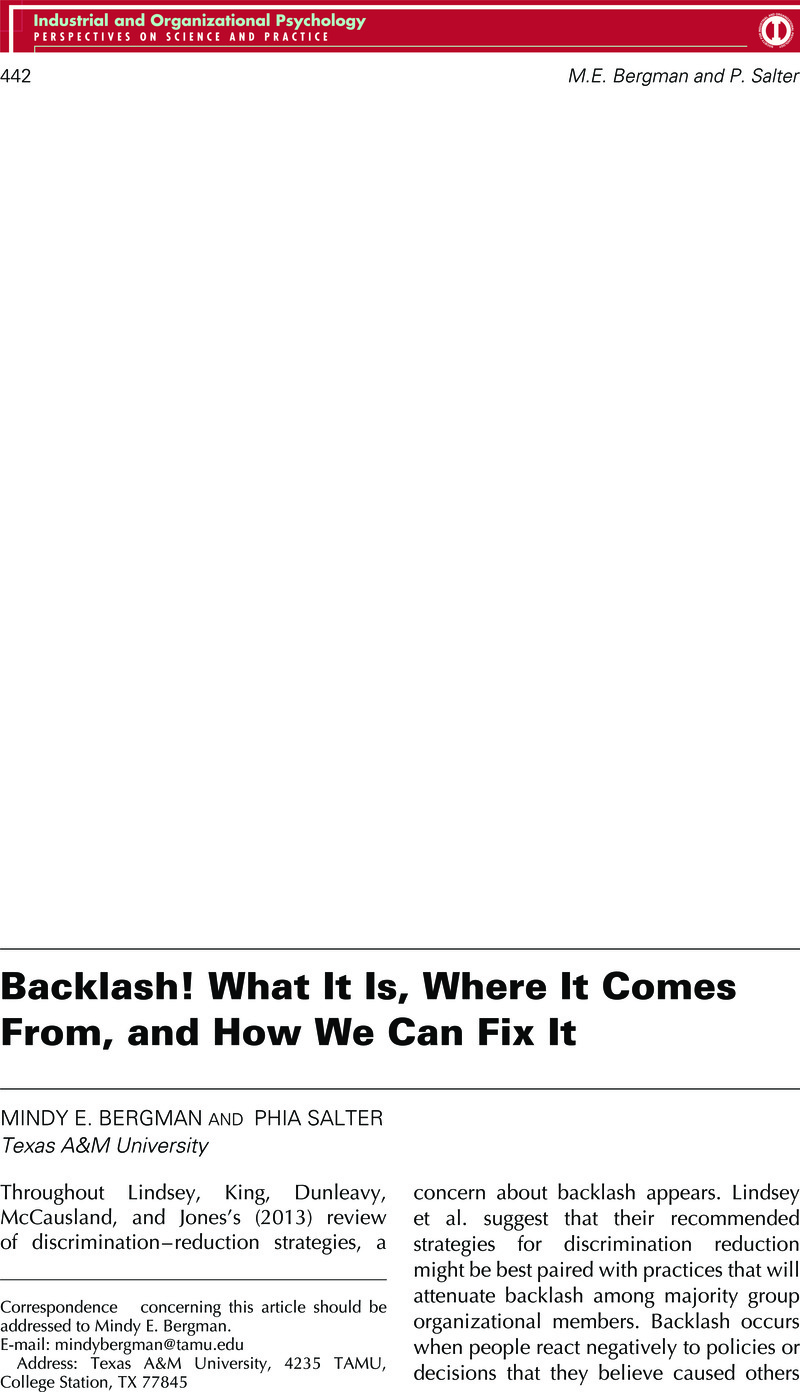Crossref Citations
This article has been cited by the following publications. This list is generated based on data provided by Crossref.
Roberson, Loriann
Buonocore, Filomena
and
Yearwood, Shana M.
2017.
Corporate Social Responsibility and Diversity Management.
p.
151.
Lee, Jin
Yi, Jieun
and
Kang, Hyounju
2023.
Explicating Workplace Backlash from Social Justice Perspective: A Systematic Review of Types, Consequences, and Coping Strategies.
Human Resource Development Review,
Vol. 22,
Issue. 3,
p.
345.



